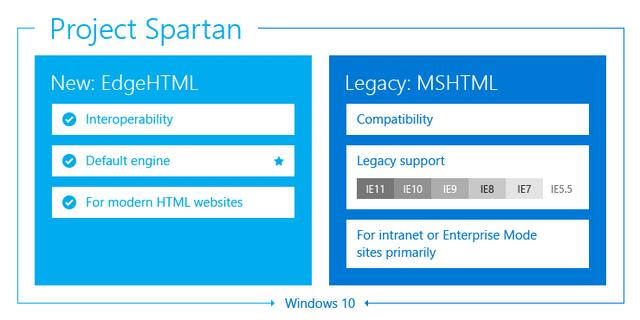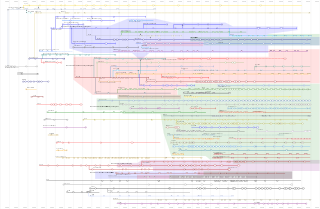This brilliant piece from Eileen Webb discusses her experience as a woman who has been working in tech since her first internship in 1997. In it, she chronicled a number of incredibly inappropriate work-related activities and situations she has endured—that sucks, Eileen, I’m sorry you had to deal with all that crap—but the point of the post is not to dwell on these. Instead Eileen urges us to listen when women (and I have to imagine any underrepresented group) vent about mistreatment and to reflect on it rather than reacting:
Yes, many women are angry, and injured, and our public seething will make you uncomfortable. Sit with that. Let it wash over you, and through you. Breathe, and feel the urge to squirm, and choose to be still instead. For we who have been living with this discomfort our whole careers, you can handle not-reacting for a few minutes.
We need to listen in order to be aware. We need to reflect in order to understand. And when we do that, we can recognize forms of oppression and disrespectful behavior, identify it as such, and stand together in declaring it unacceptable.







